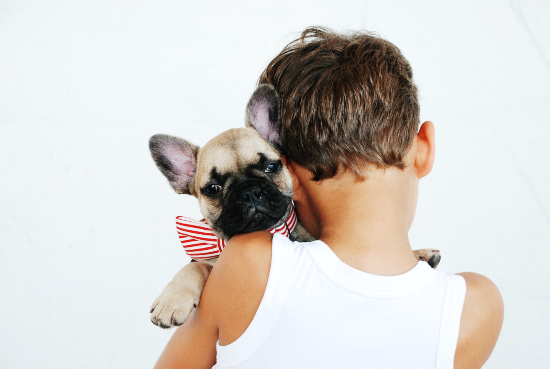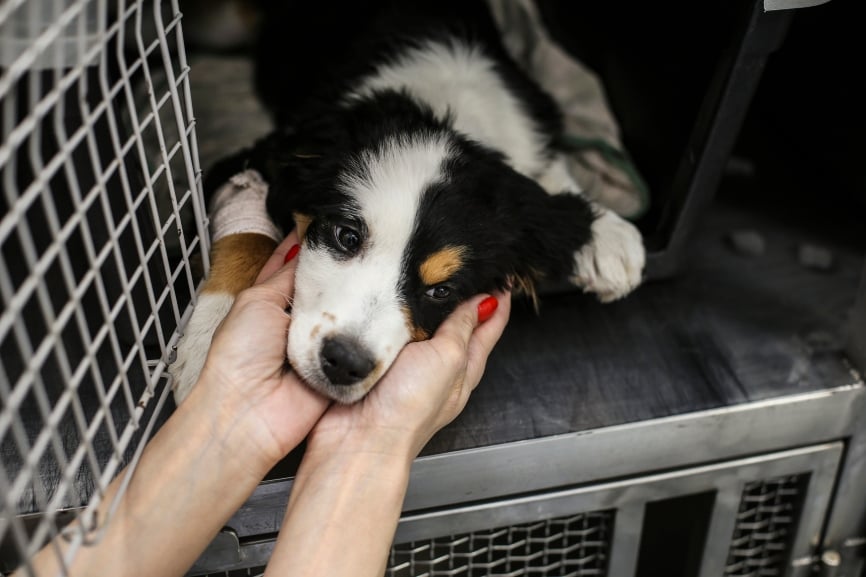Playing fetch with Fido, heading to the dog park, or entertaining Felix with a catnip toy is pure fun. These kinds of happy, physical interactions are a clear benefit associated with having a childhood pet. The positives don’t stop there though; let’s examine a few other benefits that aren’t quite so obvious.
The Hidden Benefits of Having a Childhood Pet
- Childhood Pets Can Teach Major Life Skills and Lessons: Studies demonstrate that having a pet can improve a child’s ability to empathize, a skillset that makes our world a much better place to live in. They learn this through basic interactions, including feeding, tending, cleaning, and nurturing. Having a pet can also help children better understand the life cycle from reproduction to passing.
- They Improve Personal Responsibility: In addition to teaching life skills like empathy, tending to a pet fosters a real sense of responsibility. When your child’s chores involve walking your pup, cleaning up after them, giving them baths, or scooping the litter box, they also learn how to manage their schedules and take ownership.
- A Furry Friend Can Help Alleviate Stress and Anxiety: You’ve probably heard of therapy pets, which are introduced to children and adults dealing with stressful situations. It’s true that these pets are highly trained, but even your everyday pup or cat can create a sense of inner calm. Interacting with pets releases feel-good endorphins and can help us feel loved and connected. This isn’t just talk, either — the data is measurable.
- Exposure to Pets Can Build Allergy Resistance: According to several studies, having a cat or dog within the first year of a child’s life can actually curb the development of allergies. It’s not a fool-proof system, but the fact that it can help in up to 50% of cases is nothing to snub at!
- Pets Boost Self Esteem & Improve Socialization Skills:A childhood pet can increase empathy, but it also teaches kids that they’re loved in return. It provides them with someone to play and interact with when their friends are in their own homes, share their secrets with, or even read aloud to as they get older. The Waltham Book of Human–Animal Interaction found that children who were exhibiting poor self-esteem experienced a boost after interacting with a pet in their classroom for nine months. Any adult who’s had a pet understands the undeniable bond they have with their furry companion.
Some Important Considerations
Clearly, having a pet can positively affect a child’s life in both the immediate and long term. Still, it’s important to keep some things in mind before adopting. First is personality. If your child is afraid of animals, it’s best not to force a bond. You can start by introducing your child to a potential adoptee or have them interact with a friend or family member’s pet several times.
Also bear in mind that young children can sometimes be aggressive in their approach with animals. This isn’t because they’re careless; they just don’t realize that Max may not appreciate having his tail pulled or that Spot probably isn’t going handle rough housing with grace. Very young children can also have emotional and sometimes uncontrollable outbursts, which means they should be monitored with the family pet.
Bottom Line
A family pet can be a wonderful asset in any home. If you’re still feeling apprehensive about the idea, perhaps starting small is the way to go. For instance, a goldfish or a gerbil can provide a handful of the benefits outlined above without being too overwhelming of a commitment. From there, you can adopt a cat or a dog if it feels like a good fit for your home.








